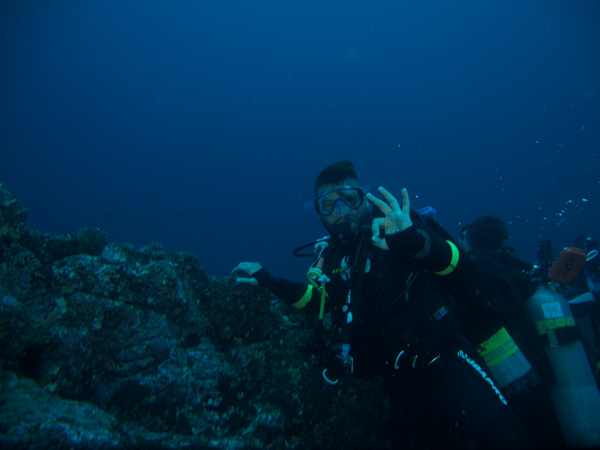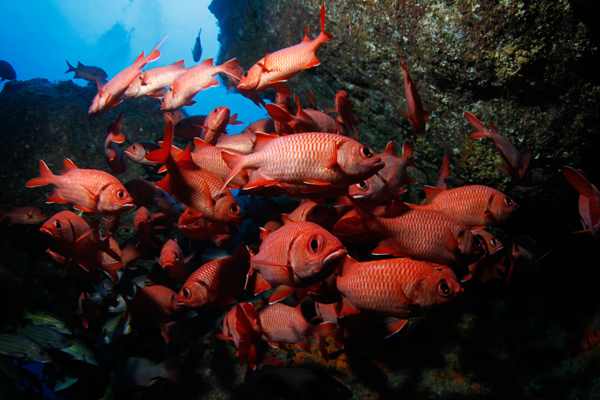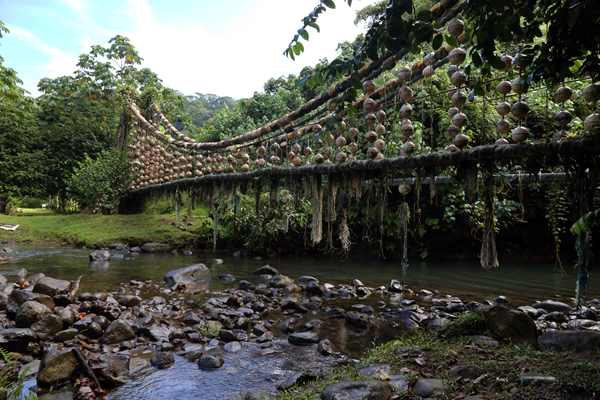
Cocos Island : Costa Rica’s Treasure
Jacques Cousteau called it “the most beautiful island in the world.” Others called it Treasure Island, based on legends that pirates had hidden a fortune there, though treasure hunters never found it.
The real treasure of Isla del Coco, or Cocos Island, lies in the pristine waters that surround it, which are teeming with sharks, whales and myriad other tropical species. This remote Costa Rican island, 340 miles from the mainland, is also home to 235 species of plants and 362 of insects, plus two endemic reptiles.
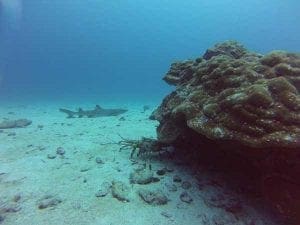 The volcanic Cocos Island was declared a national park in 1978 by SINAC, and a World Heritage Site in 1997 by UNESCO. In many ways, it is Costa Rica’s Galapagos.
The volcanic Cocos Island was declared a national park in 1978 by SINAC, and a World Heritage Site in 1997 by UNESCO. In many ways, it is Costa Rica’s Galapagos.
The main visitors are scuba divers, marine biologists, professional photographers and volunteers from all over the world who help with research and safety around the island.
To get there, you generally have to spend several thousand dollars on one of two companies that operate charter boats to Cocos. These live-aboard boats depart from Puntarenas and take 36 to 42 hours to make the trip.
On arrival, scuba divers venture out in smaller boats to explore the depths. Visitors can also go ashore and walk the hiking trails that crisscross the island. Along these trails you can see engraved stones that date to the 16th century, including one inscribed by the notorious pirate Capt. Henry Morgan. There’s also one engraved by Jacques Cousteau, the French explorer, researcher and documentary host, who visited in 1976.
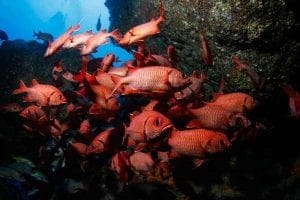
 During the 36-hour journey to the island, passengers spend their time getting to know each other, sharing diving experiences, playing board games and enjoying the amazing views of the Pacific Ocean. A typical tour includes all meals during a 10-day excursion and a total of 24 dives.
During the 36-hour journey to the island, passengers spend their time getting to know each other, sharing diving experiences, playing board games and enjoying the amazing views of the Pacific Ocean. A typical tour includes all meals during a 10-day excursion and a total of 24 dives.
Dive trips are for advanced divers only with experience using nitrox. This is because of the depth of the dive sites and the number of dives made.
Popular dive sites are known as Isla Manuelita, Punta Maria, Dirty Rock, Los Amigos, Viking Rock, Alcyone, Lobster Rock, Manta Corner, Pyramid, Cabo Barreto. These sites offer great visibility and the opportunity to see an abundance of corals, fishes, mantas, turtles and sharks. The dive guides are great at pointing out tiny creatures.
You are allowed to do three dives per day and three night dives.
Cocos Island is visited by an average of 3,000 tourists per year, and 90 percent are divers. It’s no exaggeration to say Cocos has some of the most thrilling and exhilarating diving the world has to offer.
 Best time to visit Cocos Islands
Best time to visit Cocos Islands
Diving encounters with large wildlife in calm seas are most frequent in June and July, with conditions getting rough from July through November. Still, hammerhead sharks are usually seen in greater numbers during this period. The dry season lasts from December to May and conditions are much better.
Cocos Island National Park also offers volunteer programs, and for those who want to work as volunteers, any time is good.
The volunteer program is in charge of recruiting and selecting appropriate volunteers, taking into account their personality, skills, abilities and police record.
If you are interested in volunteering, you’ll need to fill out an application form and provide various documents, including a medical report, a police record and proof of insurance. For information, go to www.cocosisland.org/voluntariado or contact the Isla del Coco Marine Conservation Area (ACMIC) at 2291-1215.
Volunteers must remain on Cocos Island for 30 days. Food, accommodations and boat transportation from Puntarenas are provided.
One of the most important programs on the island is the Control and Surveillance Program, which monitors and patrols the park to prevent activities that threaten the integrity of its natural resources. The biggest threats are illegal fishing and the introduction of exotic species, which threaten marine and terrestrial biodiversity.
This program also provides security for the various types of visitors (tourists, volunteers and researchers), the officials who work in the park, and infrastructure and equipment.


